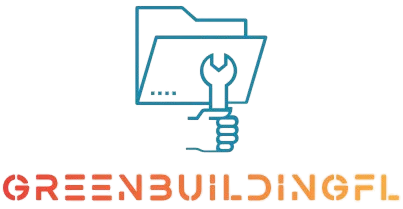Strategies for Effective Project Time Estimation
Project time estimation plays a crucial role in project planning and management. Accurate estimation helps in setting realistic deadlines, allocating resources effectively, and ensuring project success. Here are some strategies for effective project time estimation:
- Break Down the Project: Divide the project into smaller tasks and deliverables. By breaking down the project into manageable components, it becomes easier to estimate the time required for each task accurately. Consider dependencies between tasks and their relative complexity.
- Historical Data: Analyze data from similar past projects to gain insights into the time required for various tasks. Historical data can serve as a benchmark for estimating similar activities and identifying potential risks or challenges.
- Consult Subject Matter Experts: Seek input from subject matter experts and team members who have experience in similar projects or tasks. They can provide valuable insights into the level of effort required, potential hurdles, and any unanticipated issues that may affect project duration.
- Use Estimation Techniques: Various estimation techniques can help in estimating project time more accurately. Some popular methods include bottom-up estimation (estimating each task and aggregating), analogous estimation (based on similar projects), parametric estimation (using mathematical models), and three-point estimating (optimistic, pessimistic, and most likely estimates).
- Consider Risk and Contingencies: Account for potential risks, uncertainties, and setbacks in your time estimation. Identify high-risk areas and allocate additional time or resources to mitigate potential delays. Having contingency plans can prevent unnecessary surprises.
- Involve the Team: Collaborate with your project team during the estimation process. Engage team members responsible for specific tasks to get their input on effort, complexity, and potential challenges. Collective insights often lead to more accurate estimations.
- Review and Validate: Conduct a thorough review and validation of the estimated time frames. Ensure that all factors, assumptions, and constraints have been taken into account. Consider conducting a peer review or engaging stakeholders to gather multiple perspectives.
- Buffer Time: Incorporate buffer or padding time in your estimates to account for unexpected delays, changes, or unexpected events that may impact the project timeline. This buffer provides flexibility and helps accommodate unforeseen circumstances.
- Learn from Experience: Regularly evaluate the accuracy of your time estimations and learn from any discrepancies. Collect feedback from project completion reports or post-mortems to improve future estimations.
Remember, project time estimation is not an exact science, and unforeseen events may still occur. However, by utilizing these strategies and continuously refining your estimation process based on experience, you can increase the accuracy of your time estimates and improve project planning and execution.



